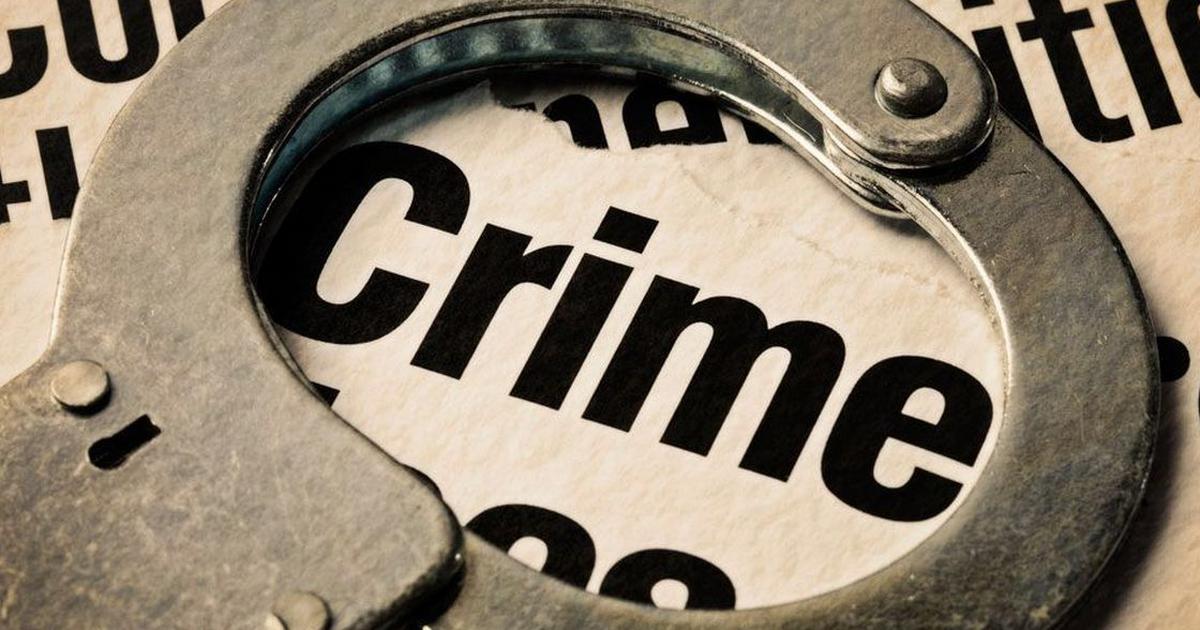Maseru – Lesotho, which holds early legislative elections Saturday, is an African mountain kingdom entirely surrounded by South Africa, on which its economy largely depends. But the kingdom also supplies its neighbour with most of its water.
Water tower
Lesotho is not only landlocked, it is hemmed in on all sides by the territory of just one other state, South Africa.
At 30 355 square kilometres, it is about the same size as Belgium.
A poor country of just over two million people, it is economically dependent on South Africa, where much of the population goes to work.
Lesotho imports much of its food from South Africa, but South Africa counts on its neighbour for its abundant reserves of water.
The Katse Dam reservoir in the centre of the kingdom, built in the 1990s, helps provide electricity and supplies the cities of Pretoria and Johannesburg, to such an extent that Lesotho is nicknamed South Africa’s “water tower”.
Lesotho also has several diamond mines.
But the country and its agriculture are highly exposed to climatic vagaries and drought.
Nearly 75% of the population lives in rural areas and depend directly on agriculture and livestock.
Nearly half of household incomes comes from remittances by migrants who are employed in South Africa, especially in the mining sector.
Lesotho remains in the category of lesser developed countries, and nearly a quarter of the adult population has HIV-Aids.
‘Kingdom in the sky’
Lesotho, also known as the Switzerland of Africa, is known for the beauty of its mountainous terrain, and styles itself the “Kingdom in the Sky”.
More than 80% of the country sits 1 800 metres above sea level. Its highest peak is Mount Thabana Ntlenyana, with an altitude of at 3 482 metres.
Power struggles
In colonial times, the country was a British protectorate known as Basutoland. It achieved independence in October 1966 as a constitutional monarchy under King Moshoeshoe II.
But in 1970 the king was forced by the prime minister into exile for several months, and in 1990 he again had to flee after a military putsch and was replaced by his son Letsie III.
In 1995 King Moshoeshoe II was restored to the throne after his son abdicated, but Letsie III stepped into his shoes again following his death a year later, and remains on the throne today.
After 23 years of coups and military regimes, the country returned to a constitutional monarchy in 1993.
In 1998, it was rocked by political crisis following a dispute over the results of an election, won in a landslide by the ruling the Lesotho Congress for Democracy (LCD).
Demonstrations led by the opposition, and then an army mutiny, led to fears of a coup and prompted the intervention of troops from South Africa and Botswana.
The foreign troops encountered unexpected resistance, and 75 people were killed in clashes in the capital, which was badly damaged.
Basothos in majority
The Basothos, a people from southern Africa’s Bantu ethnic group, also established in South Africa, are a large majority in Lesotho, and 80% of the population is Christian.
Maseru is the capital and largest city, with 250 000 inhabitants.
The two official languages are English and Sesotho.
Source:News24
 News, Politics , Sports, Business, Entertainment, World,Lifestyle, Technology , Tourism, Gh Songs | News, Politics , Sports, Business, Entertainment, World,Lifestyle, Technology , Tourism, Gh Songs |
News, Politics , Sports, Business, Entertainment, World,Lifestyle, Technology , Tourism, Gh Songs | News, Politics , Sports, Business, Entertainment, World,Lifestyle, Technology , Tourism, Gh Songs |







